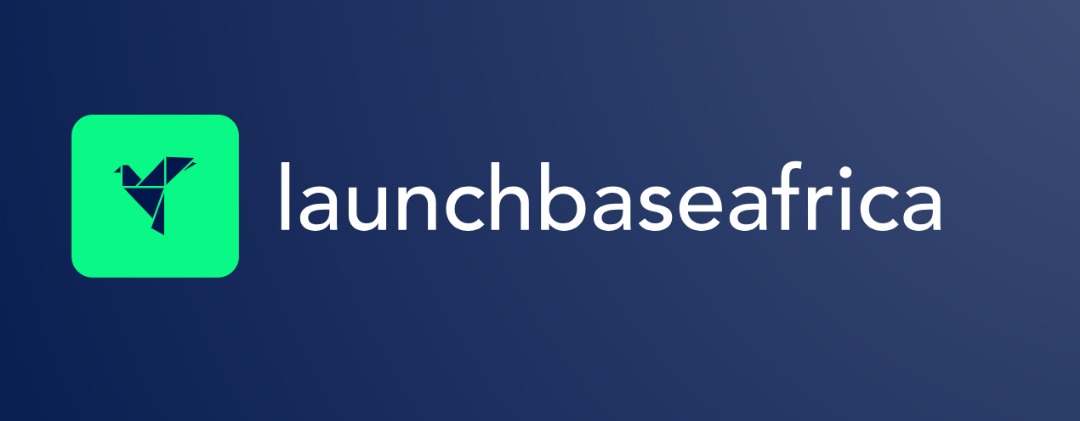A new permanent capital vehicle backed by some of the world’s largest development financiers is gearing up to invest patient capital into off-grid and distributed renewable energy projects across Sub-Saharan Africa, with ambitions to power up to 30 million people by the end of the decade.
Dubbed Zafiri, the investment vehicle is being established in Mauritius and will launch operations in July. It has already raised $300 million for its first phase — half of it in junior equity and the other half in senior equity — from multilateral development banks, development finance institutions, and philanthropic donors.
The International Finance Corporation (IFC), the private-sector arm of the World Bank Group, is investing up to $120 million in the platform. The African Development Bank (AfDB) and the Rockefeller Foundation are also founding stakeholders. Together, they are looking to catalyse more capital into distributed renewable energy (DRE) infrastructure such as metro-grids, mini-grids, and clean cooking solutions, all of which are critical to expanding energy access across underpowered regions.
Zafiri will serve as a blended finance vehicle — meaning it uses a mix of concessional (low-cost) and commercial capital — to help de-risk investments in companies delivering DRE solutions. The fund will be managed by an independent investment manager, who is yet to be appointed, and is expected to support companies in multiple African countries. Zafiri’s design gives it flexibility to provide long-term, equity-based funding, in contrast to the more common debt-heavy capital stacks seen in many energy projects across the continent.
The fund will focus on mini- and metro-grid operators, particularly those using commercial and industrial (C&I) customers as anchor clients. These offtakers can offer predictable revenue streams, helping to stabilise the business models of early-stage clean energy developers and support broader rural electrification.
Zafiri is part of Mission 300, an AfDB- and World Bank-led initiative that aims to provide electricity to 300 million Africans by 2030. Within that context, Zafiri is expected to grow its capital base to as much as $1 billion in net asset value over the next 10–15 years, through follow-on equity raises and organic portfolio growth.
The second phase of capital mobilisation — potentially an additional $300 million — will target commercial investors once the vehicle demonstrates traction. The long-term target is to blend philanthropic risk tolerance with commercial scalability, opening up the African energy access sector to institutional capital at scale.
Despite notable progress in renewables across Africa in recent years, over 570 million people still lack access to electricity, with the majority in rural and peri-urban areas. For many developers, raising long-term equity to fund infrastructure that may take years to reach profitability remains a key barrier.
Blended finance vehicles like Zafiri are designed to fill that financing gap, offering developers not just capital but also time — time to prove, scale, and sustain their impact. If it succeeds, Zafiri could mark a shift in how energy access is funded on the continent.
Zafiri’s launch is one of the boldest experiments in patient equity financing for Africa’s off-grid energy sector. The structure, ambition, and backers are strong — but much will hinge on execution. Appointing a credible investment manager, building a healthy pipeline of scalable DRE firms, and eventually crowding in commercial investors will be the key challenges ahead. If Zafiri can thread that needle, it may do more than just power homes — it could light a new path for energy investing across emerging markets.


